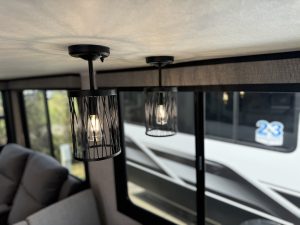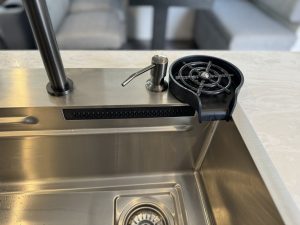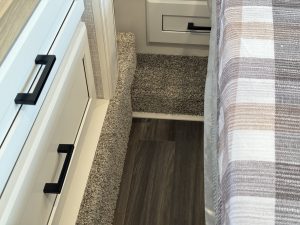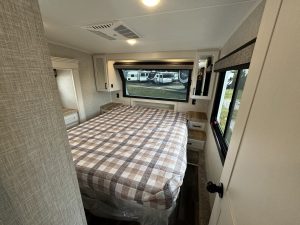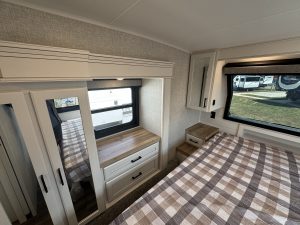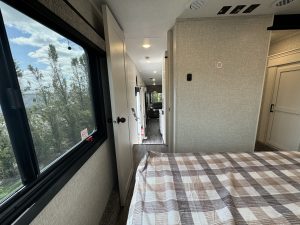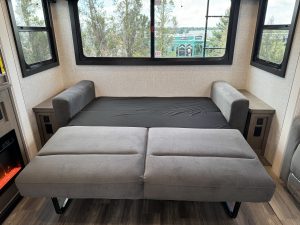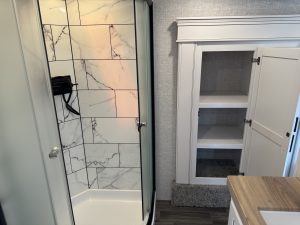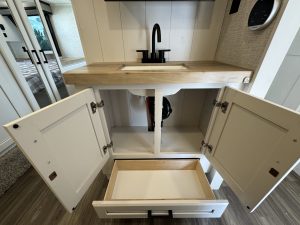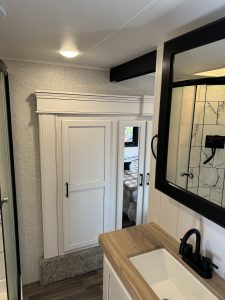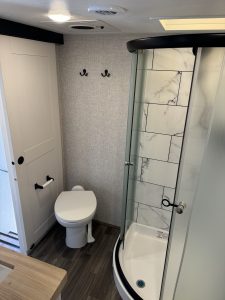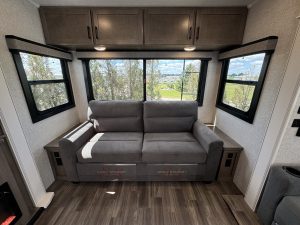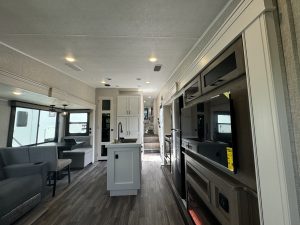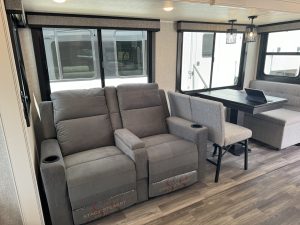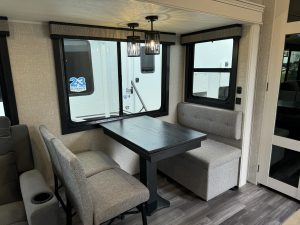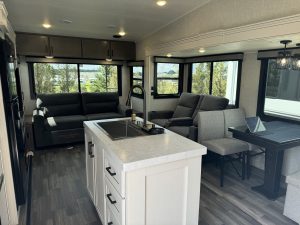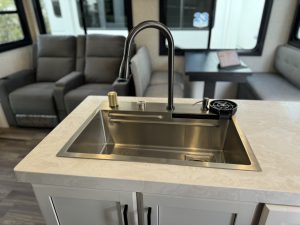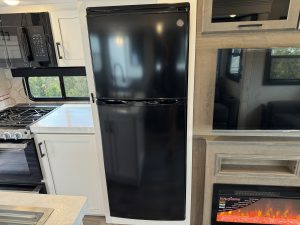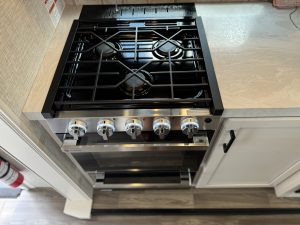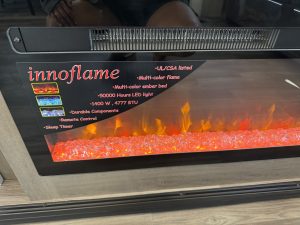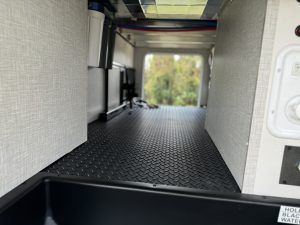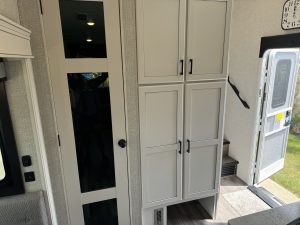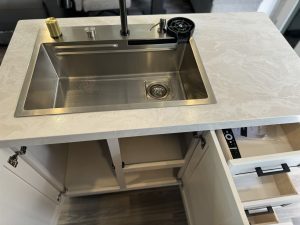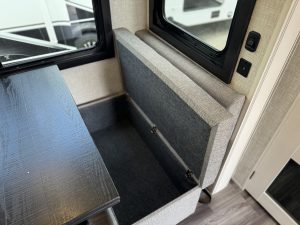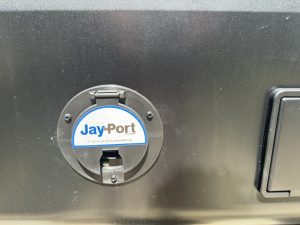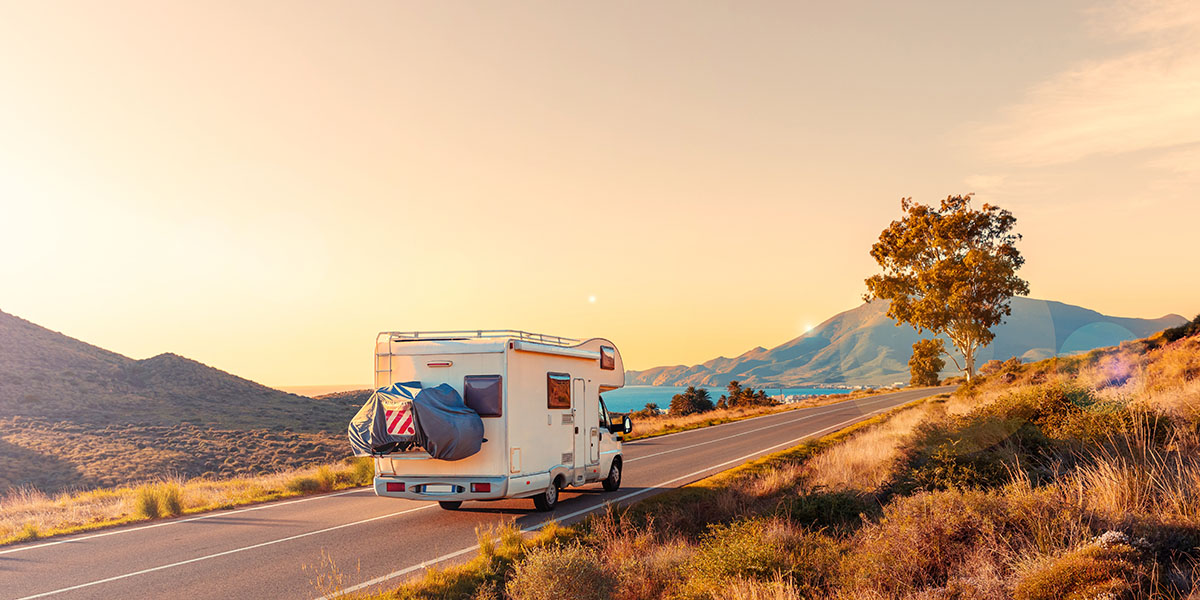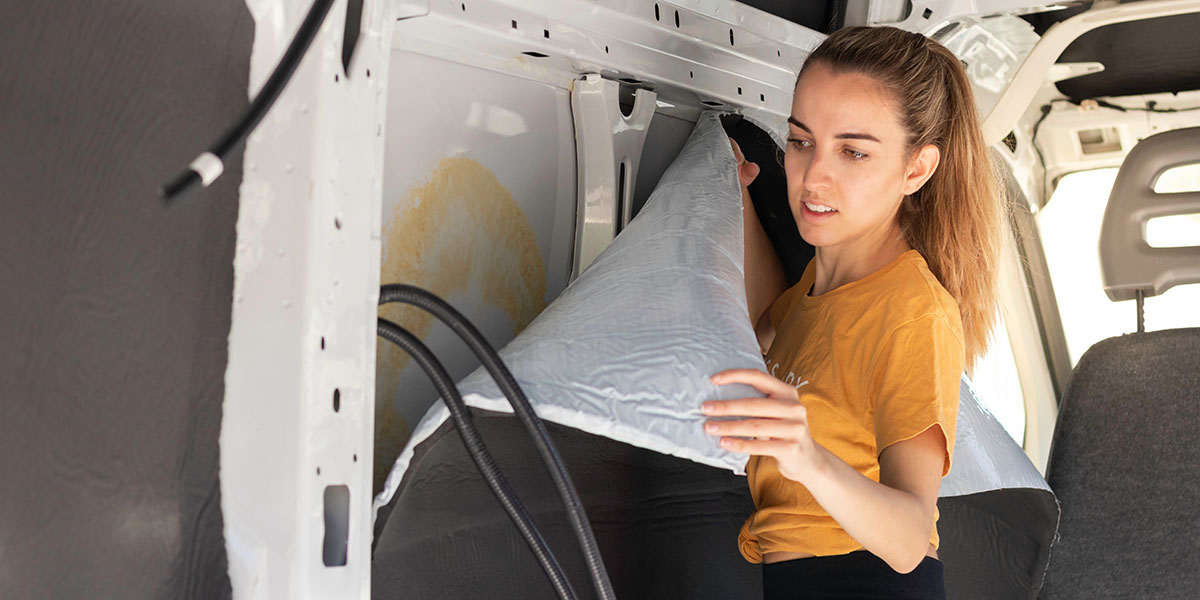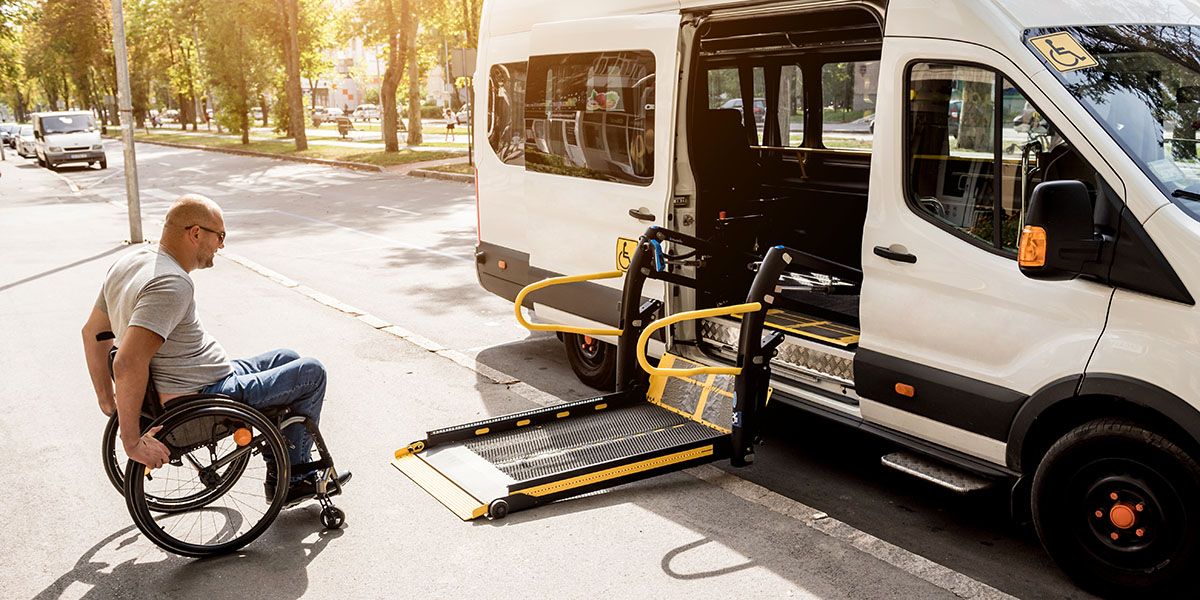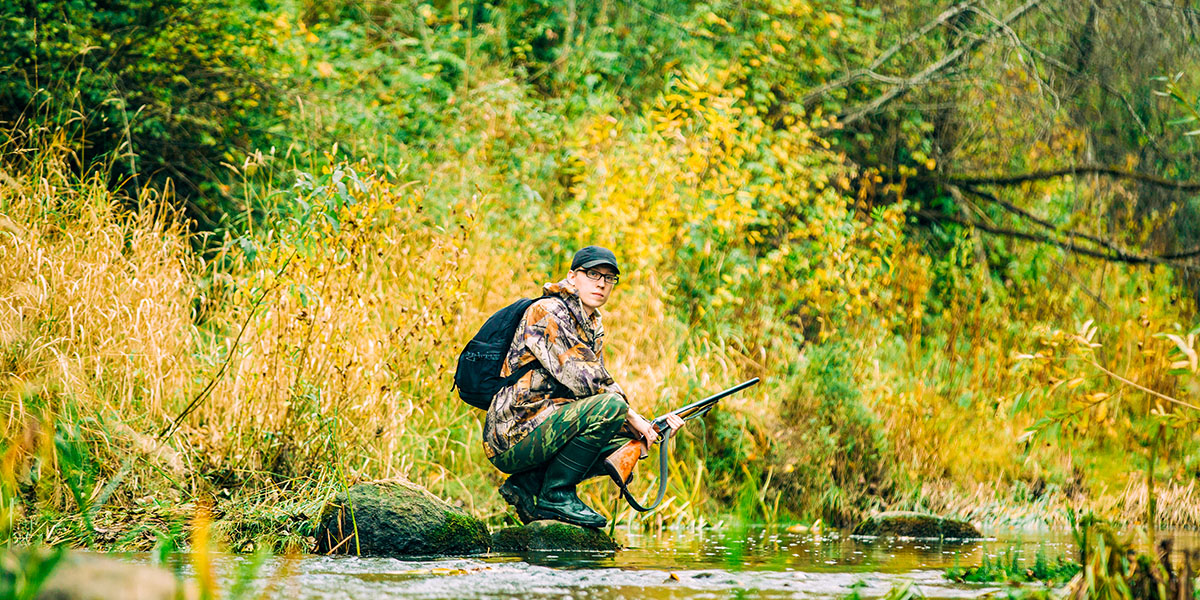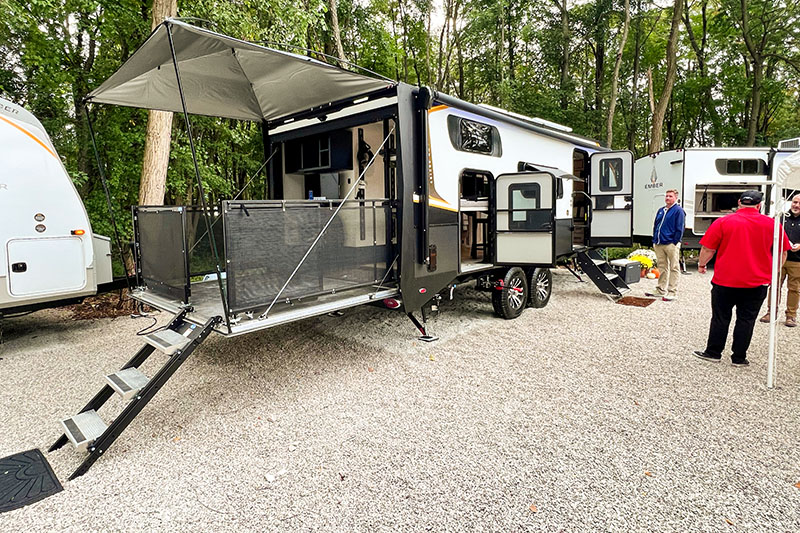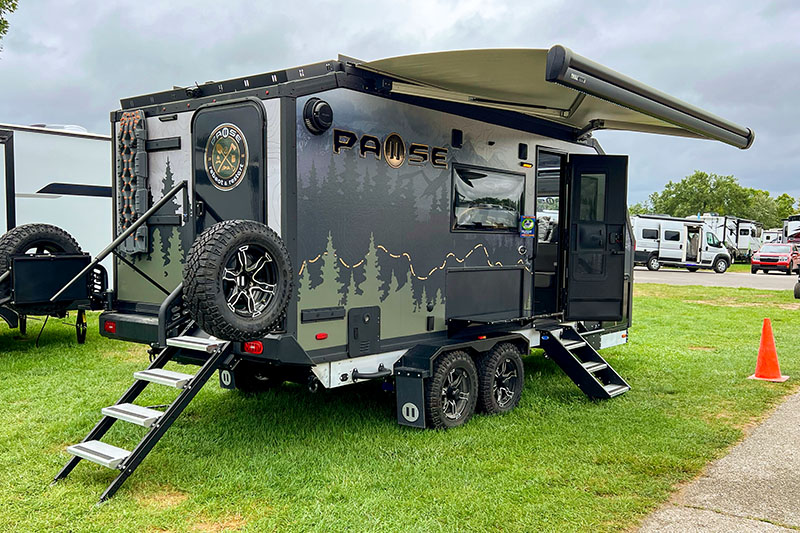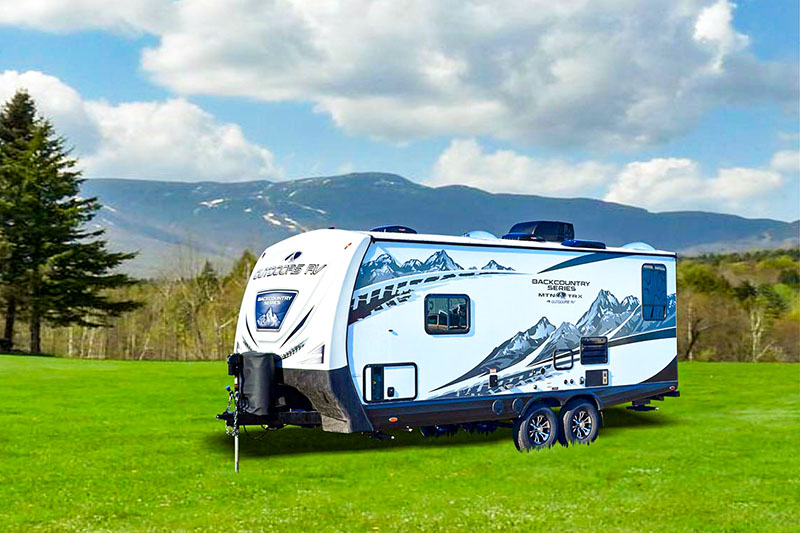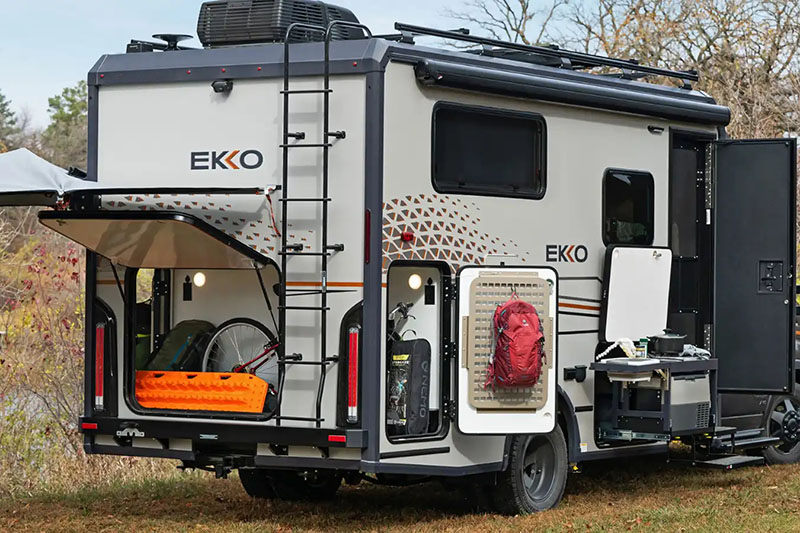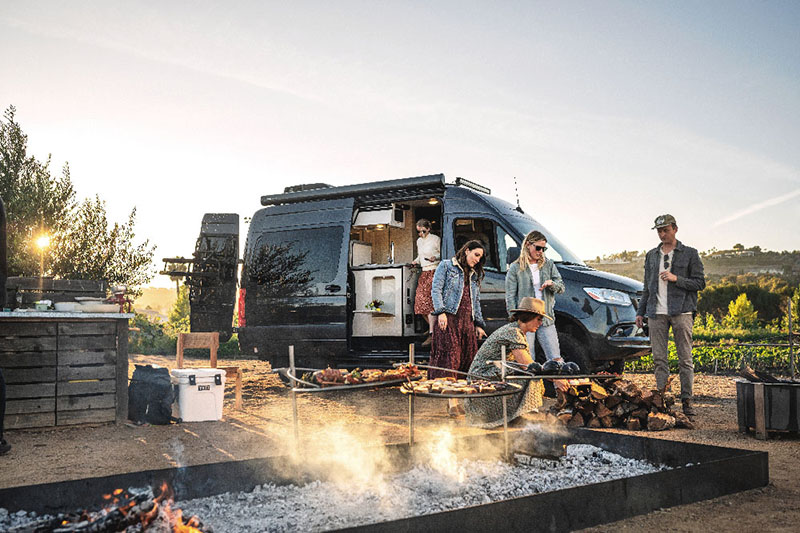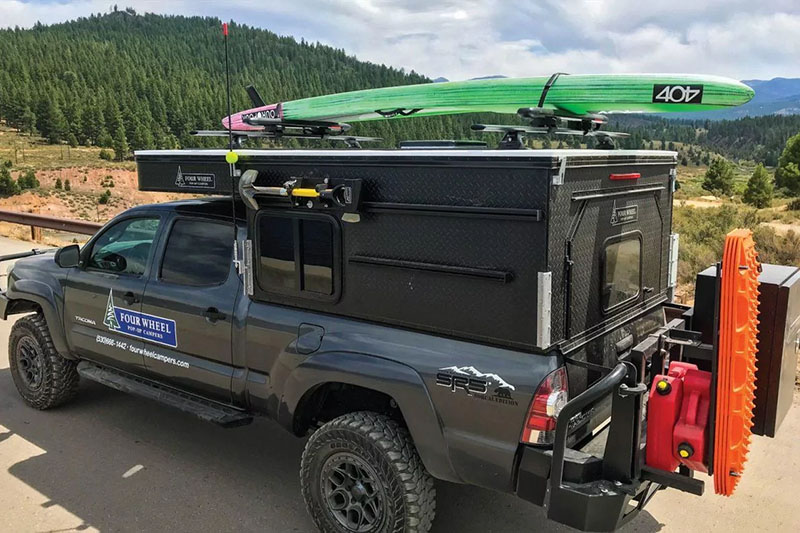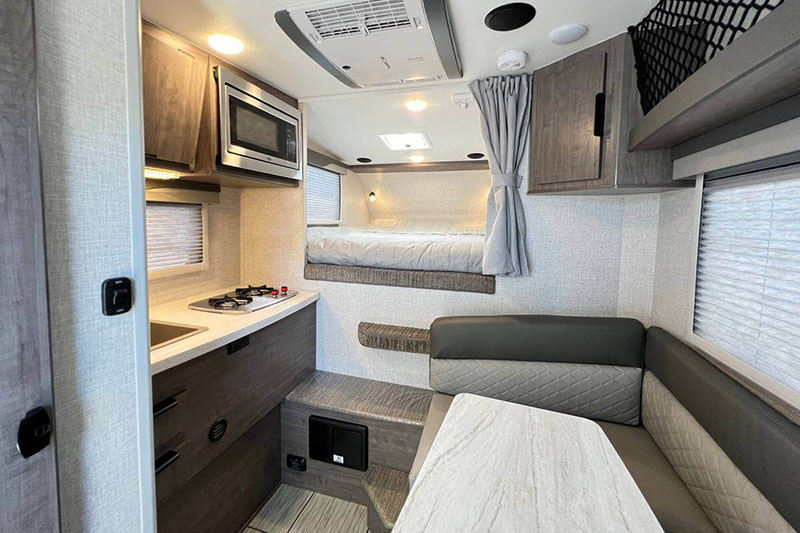Camping is basically about two things: getting away from it all and communing with nature. Certainly, nothing helps us relax, reset, and recharge like being heart-to-heart with the natural world. But as much as RVers love nature (and as comforting as having our RV parked nearby can be), it can be easy to forget that when things go wrong, nature doesn’t suffer fools. Because it might only take an instant for an amazing adventure to go sideways, everyone — from dry campers to weekend warriors — needs to know certain camping survival skills.
Make no mistake, even having basic understanding of these skills can save your life. But that’s not going to happen by accident. In some cases, you’ll need to train. (But, fortunately, practicing camping survival skills can be a lot of fun on any camping trip.) All this say, everything starts with planning.
Preventing Problems with Good Planning
It goes without saying that having a good plan can help you avoid a lot of problems. After all, nobody plans on getting lost or having any kind of health crisis when they are communing with nature, but it happens. Being well-prepared with a good plan not only allows you to avoid problems entirely. It also helps you to deal with any crisis that comes up — calmly and effectively.
With that in mind, here are a few camping preparation pointers.
- Before you leave to go camping, know where you’re headed.
- Don’t depend solely on GPS for navigation. Use an up-to-date road or trail map to plan your route.
- Weather, natural disasters, and road conditions can be difficult to accurately predict. It’s a good idea to check road conditions and weather within 24 hours of your departure.
- Consider bringing a NOAA weather radio with you.
- Tell someone where you’re going, the route you’ll take to get there, and when you intend to be back. If you’re taking a longer road trip, plan to check in periodically with that contact.
- Pack enough water, food, weather appropriate clothing for each day of your trip.
- Be sure to pack more than enough medication for the duration of your trip.
- Bring suitable footwear for activities like hiking and fishing.
- Be prepared for emergencies with a standard first aid kit and at least one fire extinguisher.
- Know emergency evacuation procedures for the area in which you’ll be camping.
Understanding the Rule of Three
Even with the best planning, the nature of accidents and emergencies is that they happen when we least expect them. The “Survival Rule of Three” says that a human could survive for three minutes without air, three hours without shelter (in extremely hot or cold conditions), three days without water (if you have shelter), and three weeks without food (if you have shelter and water).
Knowing the Rule of Three will help you to prioritize during emergencies. For example, if your camper is on fire, your priority for survival is to get out and into fresh air, instead of saving your shelter. However, after you’re out and able to breathe freely, if it’s cold or hot out you’ll need to get into some form of shelter before you develop hypothermia or hyperthermia.
Knowing Distress Signals
If you’re lost, injured, or you get stranded by the side of the road in an area where there’s no cell signal, one of the first things you’ll want to do is attract someone who can help. You’ll never know when you need this skill. It could be when you’re on a long hike or in response to an unexpected medical event. Both could easily happen while you’re away from your RV. Using a distress signal lets people know that there is a problem and allows them to find the person having it. Distress signals can be auditory or visual, and using the right one for the situation can help save your life or someone else’s.
Auditory Distress Signals
Shouting for help can be effective in a handful of circumstances, when there is someone within earshot. However, shouting for help uses much needed energy, and your ability to shout will quickly deteriorate with repetitions. If you need help, and you suspect people may be in the area, using a good quality whistle will allow you to conserve both your energy and your voice. A whistle also has the advantage of being able to carry in a dense forest much better than your voice.
Personal Locator Beacon
A personal locator beacon uses a satellite to send out an SOS or connect with an emergency contact with two way messaging. It’s a good idea to have one of these whether you travel out of cell signal range or if you’re camping off the beaten track.
Visual Distress Signals
These will help to send a signal that you need help to overhead aircraft, which can then contact a rescue team.
- Signal flares (only use when fire danger is low).
- Build three small fires in a triangle (when there is no fire danger present).
- Spell out a giant “S.O.S. on the ground using rocks, sticks, or whatever you happen to have at hand.
- Use a small mirror to reflect the sun and flash a distress signal to aircraft overhead.
Building a Makeshift Shelter
Sure, for most RVers out on a camping trip, your RV is your shelter. But again, things can — and do — happen when you are away from your campsite. Think of the Rule of Three here. If you can’t get back (or get everyone back) to the RV, you or someone else may need a makeshift shelter.
A shelter should offer protection against weather and predators while offering shade or a means of conserving warmth. It’s good to know how to erect a makeshift lean-to shelter using a small tarp, some paracord or rope, and poles cut from saplings or branches using a camping knife or small axe. You might never need this skill, but it could be a lifesaver if something happens on a hike — or even to your tent or RV.
Accessing Safe Drinking Water
Being able to make water safe to drink is a survival skill that every camper needs to have. It can be impossible to find safe drinking water after a natural disaster or even when you’re far away from a faucet.
Boiling water over a fire for 10 minutes is one way to kill bacteria and microbial organisms. However, there are now numerous products on the market that are designed to purify even the muddiest water. Having any of these in your go-bag or emergency pack can help to secure clean drinking water without building a fire or lighting the camp stove.
Building a Fire — with Dry or Wet Wood
Fire is often the essential tool for survival. This magical element gives you a means to keep warm, send a distress signal, heat food, and make safe drinking water. Almost every camper knows how to build a fire using a lighter or matches, some kind of tinder, and dry wood. However, knowing about the fire triangle (the 3 elements you need to successfully build a fire), you’ll be able to create a fire, even when wood is scarce. A balanced combination of fuel (wood), oxygen, and heat are what allows you to ignite and maintain your campfire.
Even so, it must be Murphy’s Law that if you really need to build a fire, all the wood will be damp or wet. What do you do then? That’s when it’s handy to know the tricks to getting a fire going when it’s been raining and all accessible firewood is damp or soaked. Here’s some of the skills experienced bushcrafters use to start fires when it’s raining.
Just a Little Bit of Bushcraft
- Find cedar wood or source resin-soaked pine pitch wood by cutting the stubs of dead branches next to pine tree trunks using a folding saw.
- Collect several big handfuls of pencil-lead-size and dead-dry twigs and branches from fallen, or damaged trees to use as kindling. And keep them dry .
- Use a camping knife to split sections of dead pine and cedar branches to expose dry wood inside them.
- Use peeled birch bark to as tinder
- The wool made from the inner layer of bark from deadfall poplar works well when used as tinder.
- Create tinder by using a knife to create shavings from dry wood.
- Cut some large (3- to 4-inch) sections of dry deadfall branches to use as longer lasting firewood.
- Clear or dig out a roughly 3-foot by 3-foot area to use as a fire pit.
- Place four or five 1- to 2-inch sticks on the ground about one inch apart and parallel to one another in the center of the fire pit. This provides a platform that helps to keep air flowing under the fire. Pile your tinder materials on this platform.
- Use a lighter, match, or ferro rod to ignite the tinder. Wait until it’s burning well before adding the smallest twigs. When the small twigs are burning well, it will be time to add the next size up. Then begin building a log cabin structure around it with narrow pieces of split wood. Add larger firewood when all of the split wood is burning fiercely.
Administering First Aid and CPR
First aid could help you to save the lives of yourself and others in an emergency situation. It’s crucial to know in any survival situation. Taking a standard first-aid course through the Red Cross or another organization will give you the skills to save lives if and when you need to. First-aid courses teach students how to clear airways, establish breathing, restore critical circulation, stop deadly bleeding, and do emergency care for medical conditions. First-aid certification courses usually include a CPR component as well.
Employing Basic Mechanical Skills
Basic mechanical skills like changing a flat tire, repairing the furnace, or doing simple repairs to the electrical system in your RV are camping survival skills that all RVer should already have. (They certainly are useful.) But this is especially true if you camp off the beaten track or travel to remote places. Sometimes, being able to change a tire can mean being sidelined for an hour instead of being stick out there for a week. Local colleges frequently have a course in basic mechanics for vehicle owners. The NRVTA has an online course that teaches RV owners the skills they need to do basic RV repairs themselves.
Handling Wildlife Situations
It’s a good idea to learn about the animals in the area you plan to travel in. As a rule of thumb, most wild animals will either think you want to eat them, or they’ll want to eat you. This means it’s a good idea to avoid wild animals entirely, or observe wildlife from a safe distance. Never feed wild animals or attract them to your campsite by leaving food or trash around your campsite.
Further Thoughts About Camping Survival Skills
Depending on where your next camping adventure will take you, it’s a good idea to have a plan and let your emergency contact know if anything changes. It’s always a good idea to learn and practice basic survival skills just in case you need them when you’re camping.
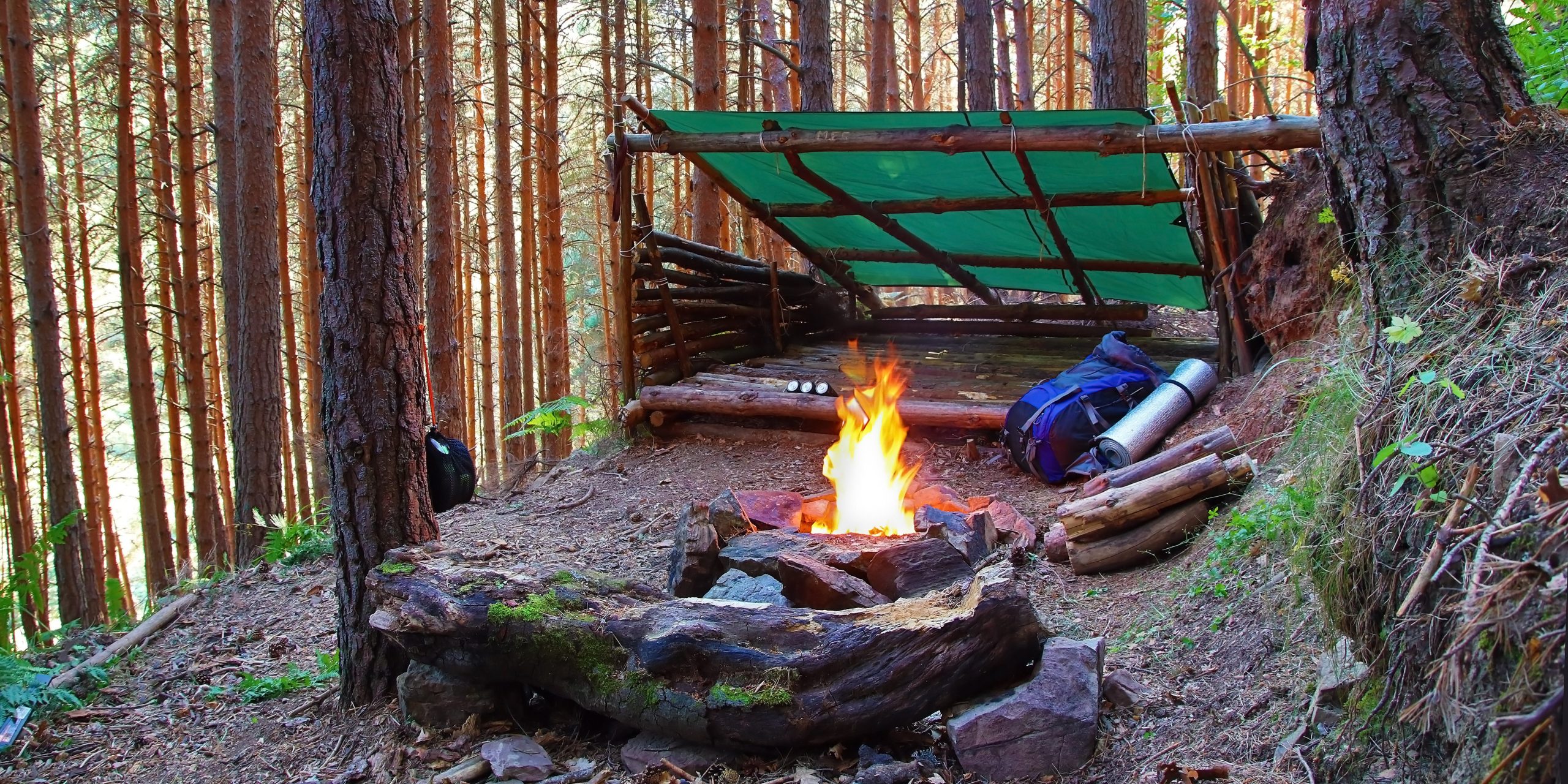
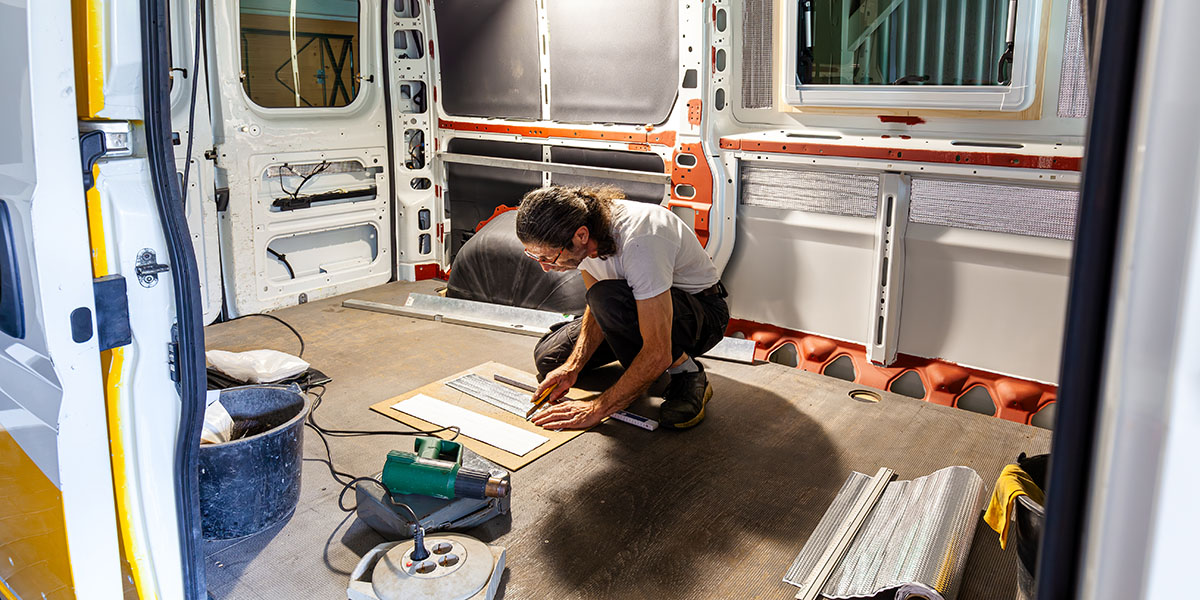
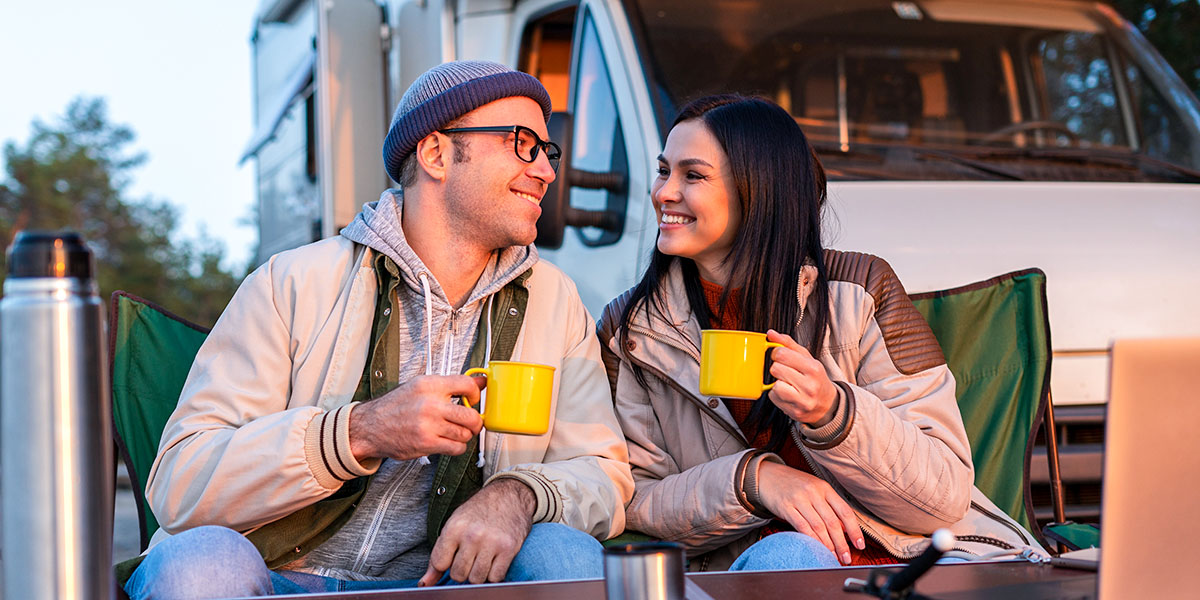

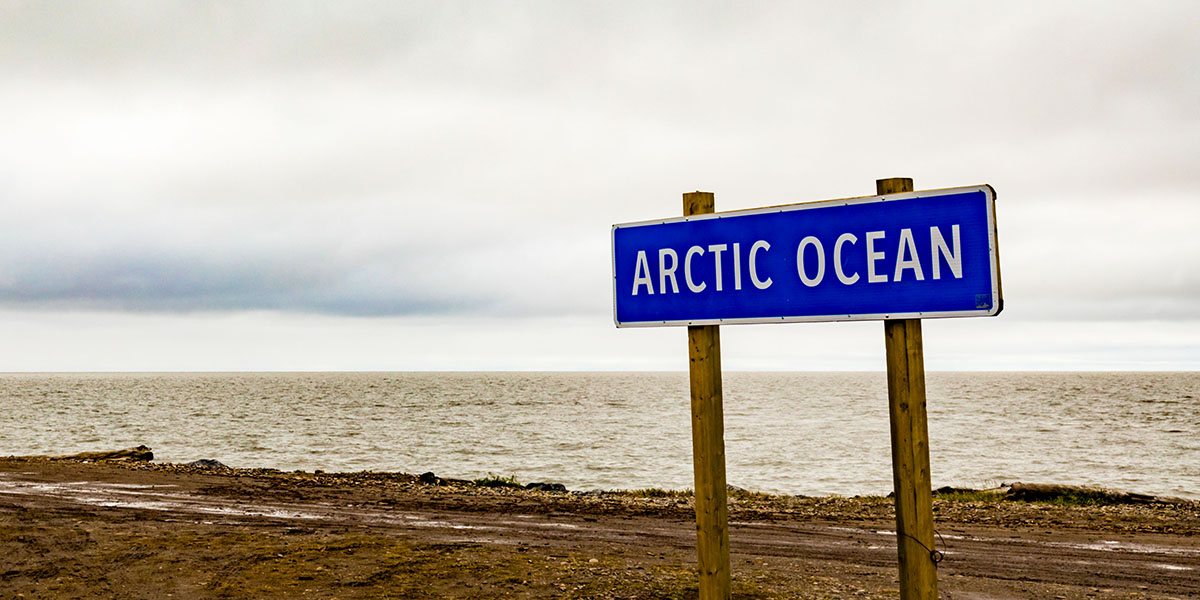
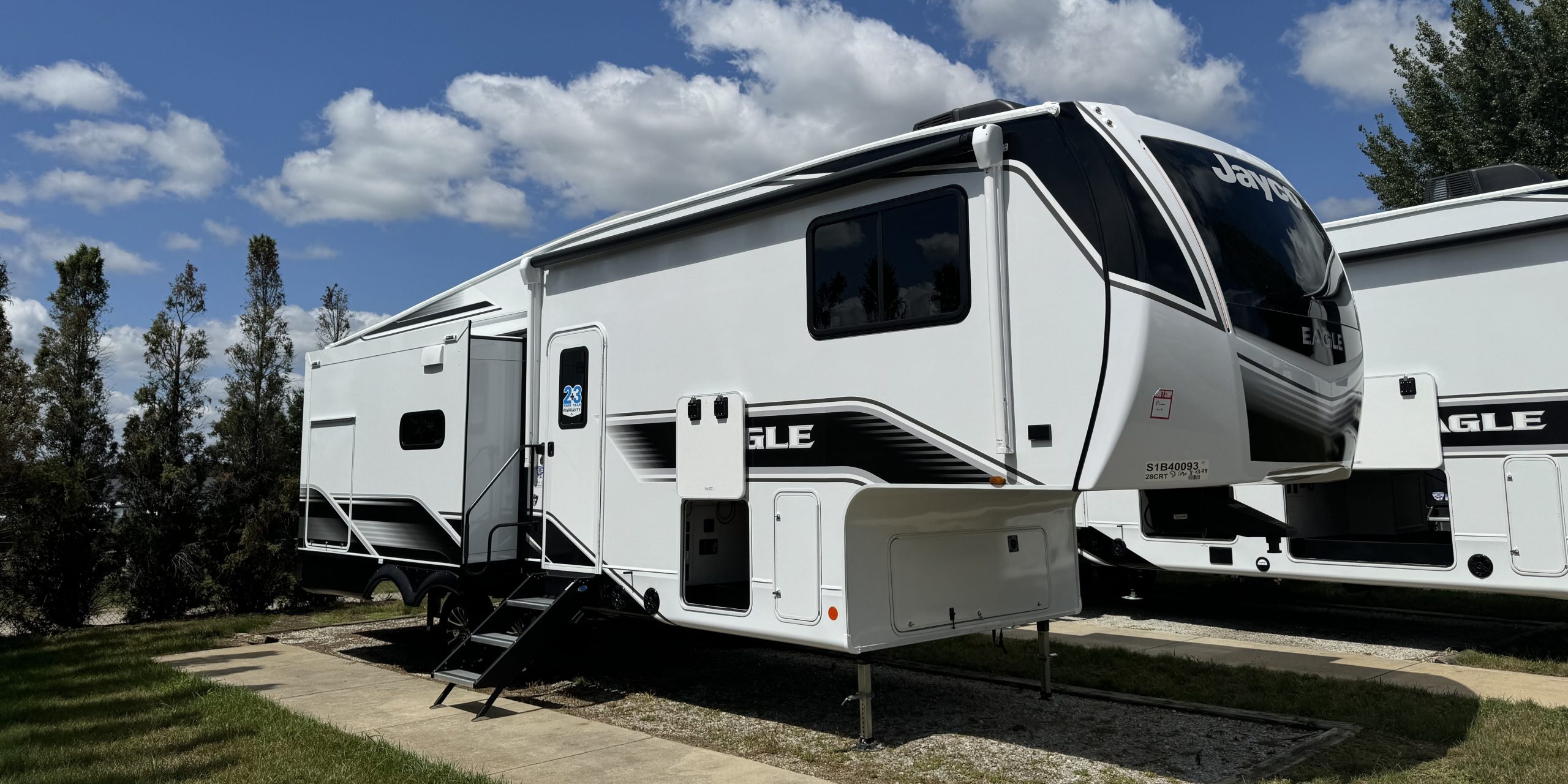
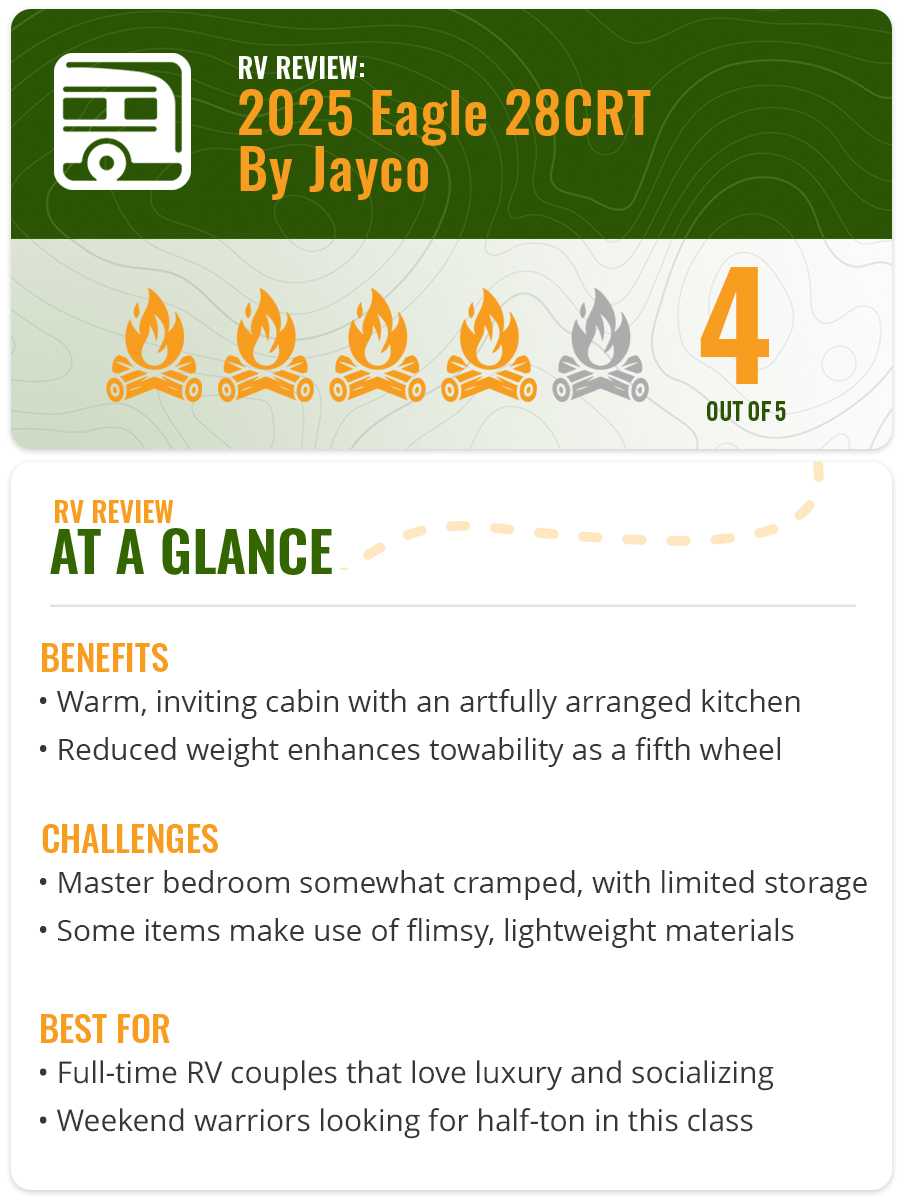 I gave this RV a rating of four out of five. The 2025 Jayco Eagle HT 28CRT has many of the great features that only fifth wheels can offer. But naturally, a few sacrifices were made in the process. The floorplan is among my favorites, with a spacious well-lit interior, additional sleeping space, and a gorgeous kitchen. But some lightweight construction elements felt a little flimsy. I’ll detail a few of these more fully below.
I gave this RV a rating of four out of five. The 2025 Jayco Eagle HT 28CRT has many of the great features that only fifth wheels can offer. But naturally, a few sacrifices were made in the process. The floorplan is among my favorites, with a spacious well-lit interior, additional sleeping space, and a gorgeous kitchen. But some lightweight construction elements felt a little flimsy. I’ll detail a few of these more fully below.